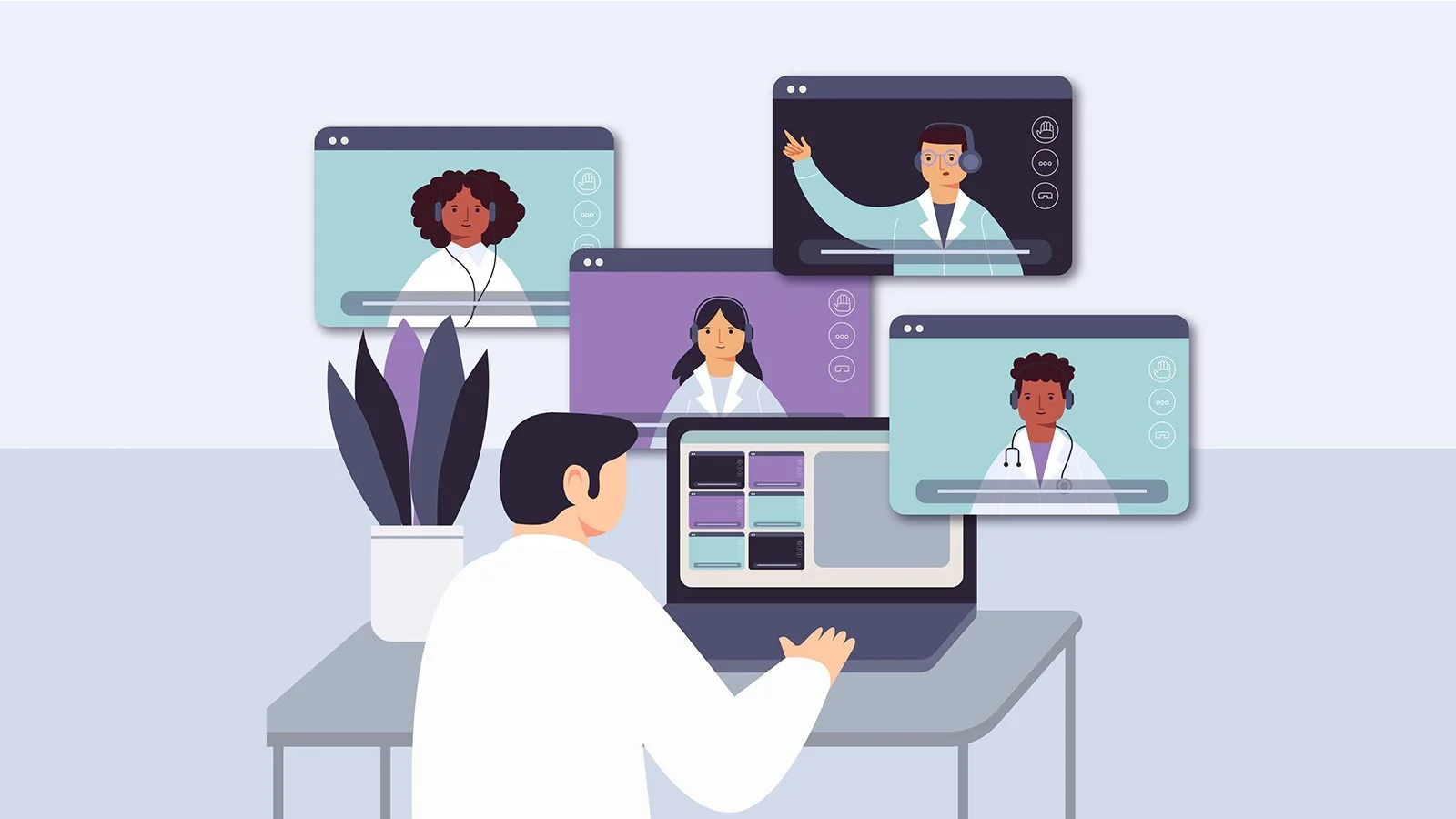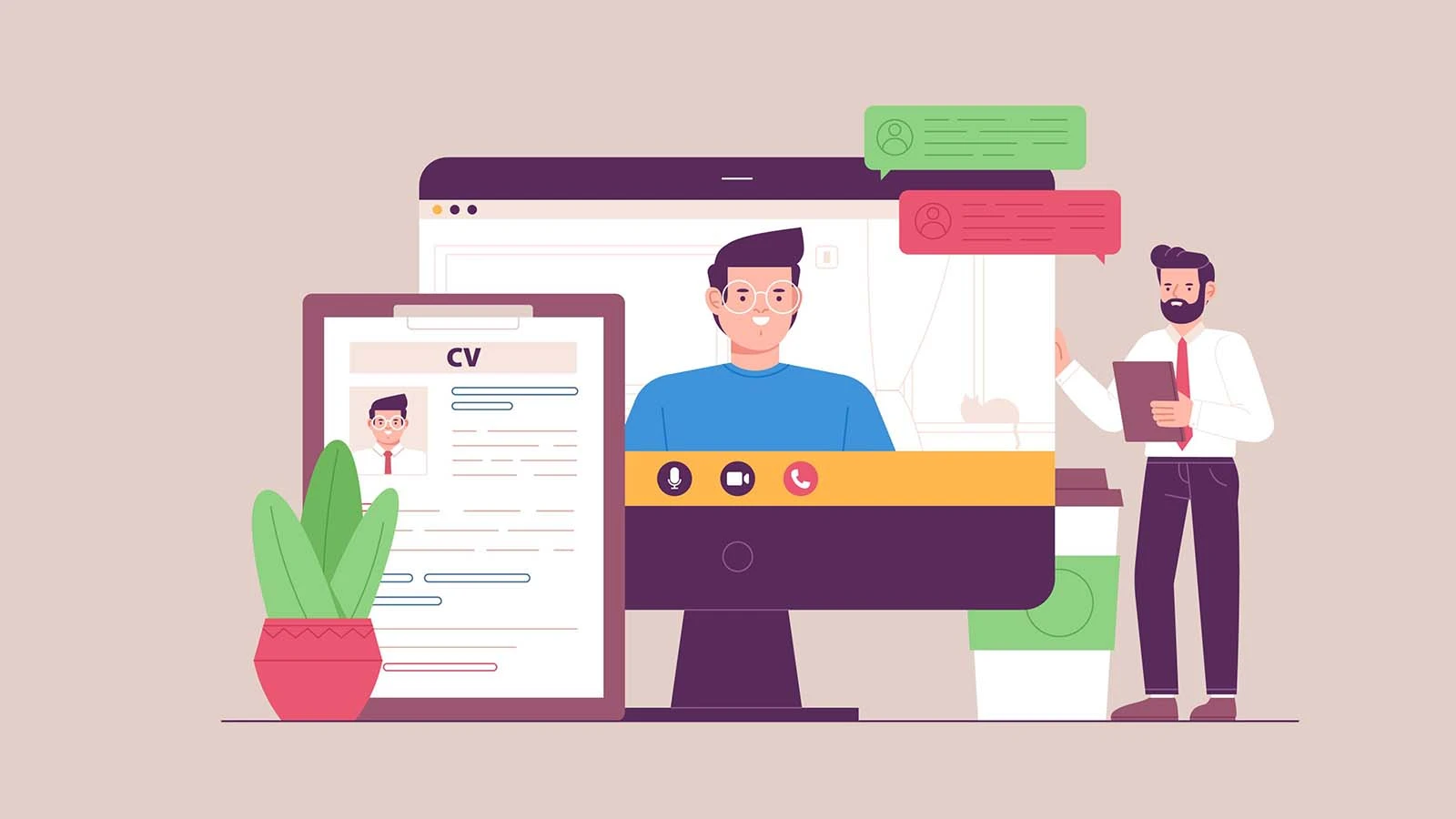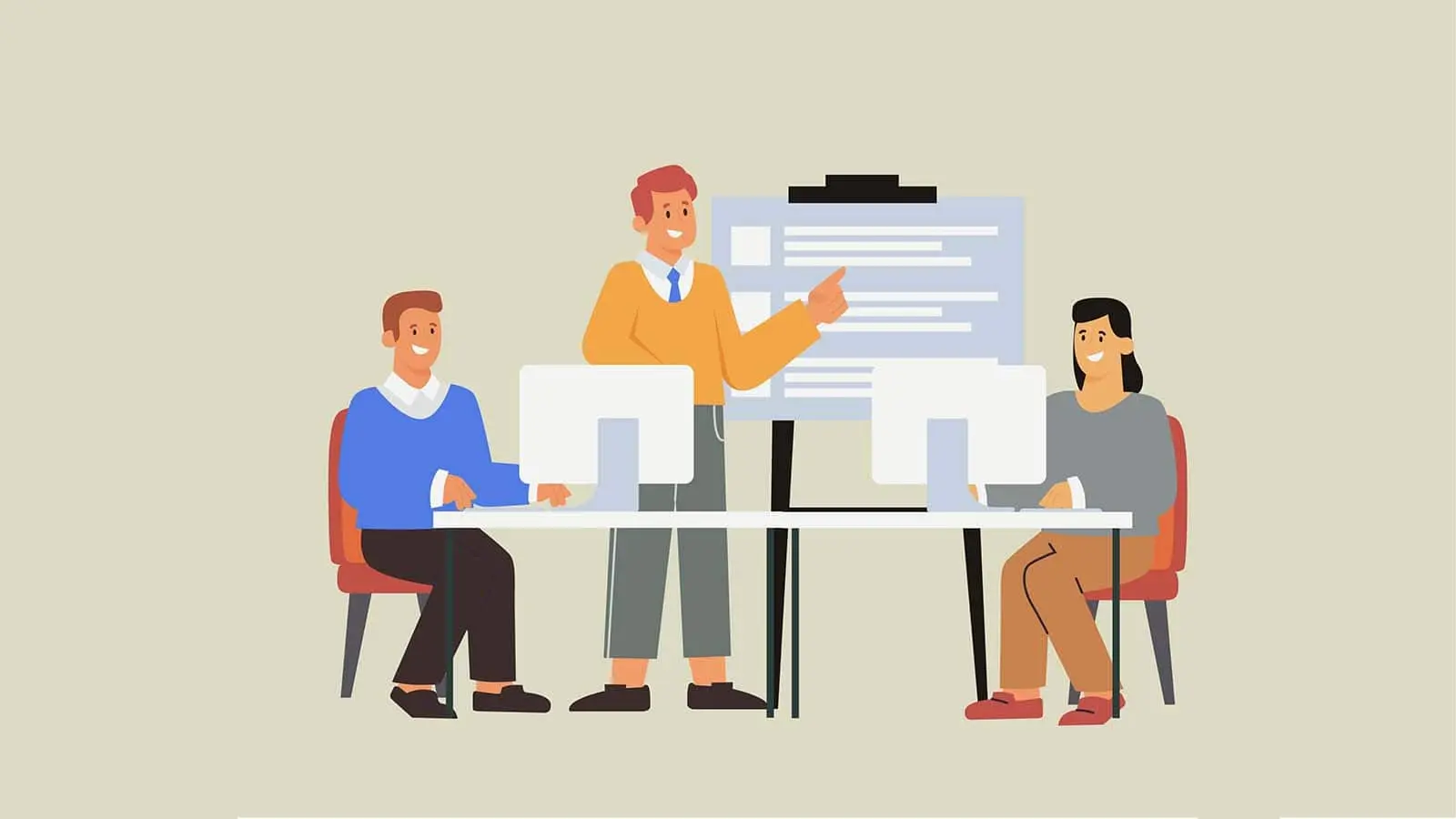The Role of Virtual Classrooms in Modern Education
Rohit Kumar
07 Mar, 2024

In today's rapidly evolving educational landscape, virtual classrooms have emerged as a powerful tool reshaping the way we learn and teach. These online learning environments provide a dynamic and interactive space where instructors and students can engage with course materials, collaborate, and communicate, irrespective of geographical boundaries.
In this article, we will delve into the role of virtual classrooms in modern education, exploring their key features, benefits, and the impact they have on the future of learning.
Definition and Overview
A virtual classroom is essentially a digital counterpart of a traditional classroom, facilitated through video conferencing technology. What sets virtual classrooms apart from other video conferencing tools is their comprehensive set of features tailored to the unique demands of education.
Virtual classroom software empowers instructors to:
Moderate Student Participation: Instructors can facilitate discussions, manage student contributions, and maintain an organized learning environment.
Display Learning Materials: Course materials such as documents, slide decks, and multimedia files can be presented seamlessly within the virtual classroom.
Enrich Learning with Interactive Tools: Screen-sharing and virtual whiteboard features enhance the learning experience, allowing for real-time annotation and illustration.
Create Breakout Rooms: Virtual classrooms enable the division of participants into breakout rooms for group work, fostering collaboration.
Engage with Polls and Quizzes: Instructors can engage students with polls and quizzes to assess understanding and gather feedback.
Record Sessions: Virtual classrooms offer the ability to record sessions, making them accessible for later review and reference.
Beyond the in-class experience, virtual classrooms provide instructors with the flexibility to access the virtual space before lessons, prepare materials, and offer session recordings for post-class reference by both instructors and students. The convenience of connecting to virtual classrooms from any internet-enabled device makes learning accessible regardless of geographical location.
One of the most significant advantages of virtual classroom software is its capability to track student progress. Instructors can monitor various metrics such as class attendance, student activity, and participation in online polls and analytics. This data-driven approach enables instructors to identify areas of difficulty and employ visual tools to aid students in mastering challenging subjects.
Moreover, many virtual classroom platforms seamlessly integrate with established learning management systems (LMS). These advanced platforms support Learning Tools Interoperability (LTI), facilitating communication between the virtual classroom system and the LMS, creating a more cohesive and effective learning ecosystem.
Statistics and Trends
The rapid growth of virtual learning is underscored by compelling statistics and trends. For instance, a TopHat Student Survey report revealed that an impressive 73% of educational institutions now utilize video for remote teaching and learning. This shift in education delivery is further validated by a study indicating that 56% of educators firmly believe that virtual classrooms are here to stay.
This surge in virtual learning can be primarily attributed to technological advancements in video conferencing tools and interactive educational software. Furthermore, global shifts in education practices, accelerated by recent world events, have acted as catalysts, propelling virtual classrooms into the mainstream of education.
Comparison: Virtual vs. Hybrid vs. Traditional Classrooms
Virtual Classrooms: The advent of virtual classrooms has given rise to a comparison with traditional and hybrid classroom models. Each has its distinct advantages and drawbacks, but virtual classrooms have demonstrated their unique strengths.
Hybrid Classrooms: Hybrid classrooms combine online and in-person learning, offering students a blend of both experiences. While hybrid learning can cater to diverse needs, virtual classrooms provide the flexibility of online learning without compromising engagement.
Traditional Classrooms: Traditional classrooms are entirely in-person, emphasizing face-to-face interaction. While effective for some learners, they lack the accessibility and flexibility of virtual classrooms.
Types of Virtual Classroom Programs
Our Virtual Classroom service, an accessible online platform, is at the forefront of diverse online learning programs. Each program caters to different educational needs, utilizing the latest technologies and our user-friendly Virtual Classroom Technology (VCT). Here are some types of virtual classroom programs:
Massive Open Online Courses (MOOCs): These courses are open to everyone, offering a wide array of subjects. Some are accredited while others focus on skill development. Brands use this technology to reach a global audience, providing quality education through an easily navigable interface.
Bootcamps: These are intensive, short-term programs focusing on specific skills like web development or data analytics. Virtual Classroom service supports such bootcamps, enabling students to acquire specialized skills through collaborative tools and high-quality video conferencing.
Online Degree Programs: Many traditional colleges and universities now offer degree programs online. Our service aids these institutions in delivering quality education through virtual classrooms. This format offers flexibility, allowing students to balance their studies with other commitments. The robust reporting capabilities and record and playback functionality of our platform enhance the learning experience.
Core Competency Virtual Classroom: Our Virtual Classroom service operates 24/7, making it a hub for education. It features VOIP audio conferencing, web conferencing, and a chat tool for effective communication. The platform supports dynamic content delivery, including PowerPoint, PDF, and video presentations. Synchronous whiteboards and many-to-many high-quality video conferencing, even in low bandwidth situations, are also key features. This combination of skilled personnel, streamlined processes, and cutting-edge tools leads to high customer satisfaction.
Benefits of Virtual Classrooms
The adoption of virtual classrooms is driven by several compelling benefits:
-
Enabling Distance Learning: Virtual classrooms break down geographical barriers, allowing individuals to access education from anywhere, making learning more inclusive.
-
Easier Content Sharing and Monetization for Instructors: Educators can share their expertise globally, monetize their courses, and reach a wider audience without the constraints of physical classrooms.
-
Expanding University Brand Presence: Educational institutions can expand their reach and brand recognition by offering online degree programs, attracting students from diverse locations.
Conclusion
The future of education is undoubtedly intertwined with virtual classrooms. These dynamic online learning environments empower students to access quality education regardless of their location. With their interactive features, seamless integration with LMS, and data-driven insights, virtual classrooms are poised to shape the future of education, making learning more accessible, engaging, and inclusive than ever before.
In conclusion, the role of virtual classrooms in modern education extends far beyond the digital realm; it represents a paradigm shift in how knowledge is acquired and shared in the 21st century. As technology continues to evolve, virtual classrooms will play a pivotal role in shaping the future of learning, breaking down barriers, and ensuring that education remains a transformative force for all.
Assessment of Behavioural Core Competencies
For example, students struggling with a particular concept could be provided with additional resources or assigned to a different module via the e-learning and learning management system.
Read Blog




